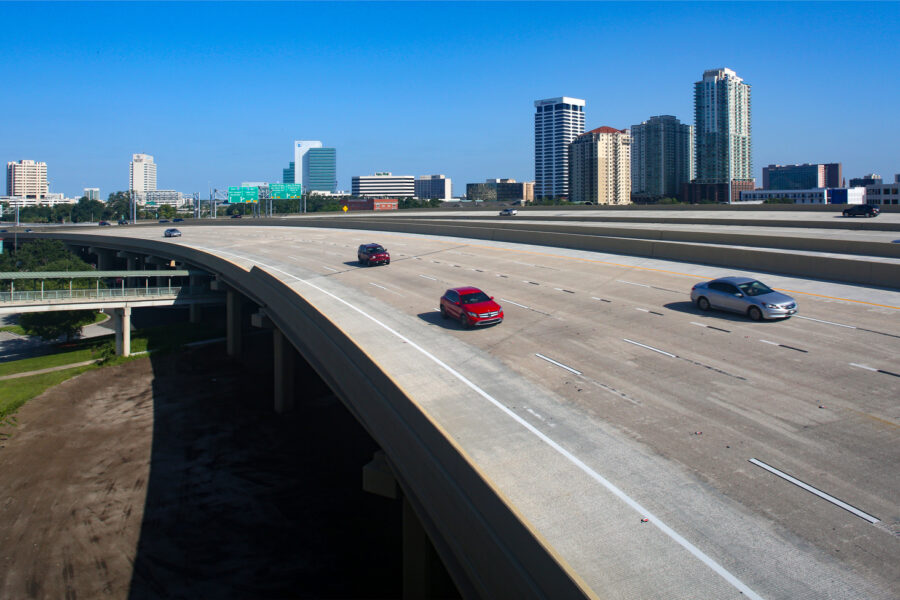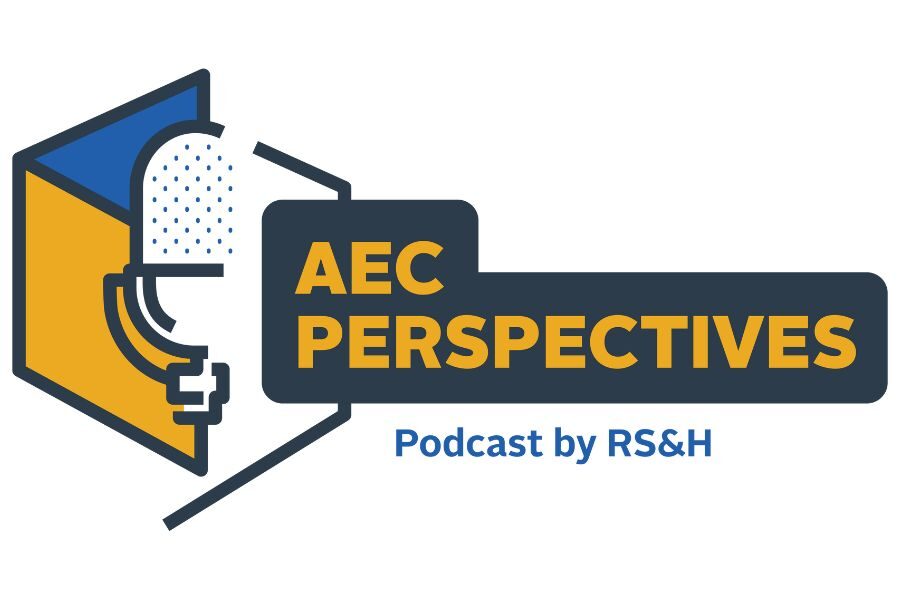OpenRoads Provides Benefits for Transportation Design

For years, road and bridge projects of all shapes and sizes have been built off of plan sheets cut by engineers. Even with the advent of three-dimensional (3D) modeling, designers have still relied on two-dimensional plan sheets to take their concepts to construction.
But there is a shift in design mentality developing in the transportation engineering field – a shift that could lead to faster, more comprehensive design. New software is paving the way for model-first design, where projects are being designed and validated in 3D before a single sheet is even cut.
Here at RS&H, we’ve begun using OpenRoads, which has already resulted in projects designed completely in 3D.
Developed by Bentley, OpenRoads enables the project delivery of road networks through construction-driven engineering and delivers all the information needed to support operational workflows. OpenRoads applications help redefine best practices for design and construction by supporting the exchange of information throughout the project delivery lifecycle to all participants of the project delivery team.
As a result, we’re able to work more collaboratively and efficiently. Changes that would normally take a week to make can now be turned around in a matter of hours. In fact, we’re already seeing several benefits to this method, and our clients are seeing them as well.
Benefit No. 1: Working Together at the Same Time
In a traditional design work flow, plan sheets are passed from specialist to specialist for quality control. As traffic, drainage, lighting, utilities and other engineering specialists review the plans, days pass by. Oftentimes, a change could result in a week’s worth of waiting.
But OpenRoads and its sister program, OpenBridge, are on an open platform that contains all plan information in the cloud. That means everyone can work on the same project at the same time, with the changes occurring immediately.
To ensure all this multidiscipline coordination stays in line with the project as a whole, the program has full 3D conflict analysis. Having all design elements in 3D improves accuracy and decreases unintended occurrences. If something isn’t graded properly or located in the correct spot, it is clearly identifiable. Design conflicts become much more apparent.
It is also easier for each discipline to identify how they fit into the project as a whole. This understanding allows for efficient conflict resolution during design and an improved product that should be much easier to construct.
Benefit No. 2: A Higher Quality Project
Because of the faster workflow, more iterations of the project can be developed and tweaked without necessarily requiring more budget from the client. Rather than relying on cross sections spaced at 50- or 100-feet, we are now analyzing our design at intervals of 5 feet or less, helping to eliminate unintended occurrences during construction.
Not only can a better project be delivered to the client, but designers can deliver the project faster. The result is a higher-quality project in a shorter window of time.
From a construction point of view, contractors now have a clearer picture of what has been designed. Traditionally, contractors have converted portions of design plans into their own 3D model so they can use automated equipment to grade and pave a project. If the entire project is already designed in a 3D model, it removes this intermediate step and creates a more streamlined and accurate process.
Benefit No. 3: An Easier Project to Understand
Traditional plan sheets can be read and discerned by engineers and designers, but many decision makers – not to mention the general public – want to see project renderings to gain a greater understanding of a project.
With an engineered 3D model, everyone can see a lifelike representation of what the finished project will look like. These 3D project files can be uploaded anywhere, which means everyone – even those without a technical background – can quickly get up to speed around a project’s concept. The emphasis on 3D driven design brings with it new ways of easily communicating information with clients and the public; from 3D KMZ files that can be viewed in Google Earth to full VR tours of a virtual corridor, the final product has never been easier to visualize.
When a project is presented to the public in 3D, stakeholders quickly have a comprehensive understanding of what is occurring by seeing the depth and details they will ultimately see once it’s constructed. If a picture is worth a thousand words, then a 3D model is worth a million.
Learn more about our 3D design and visualization capabilities.



